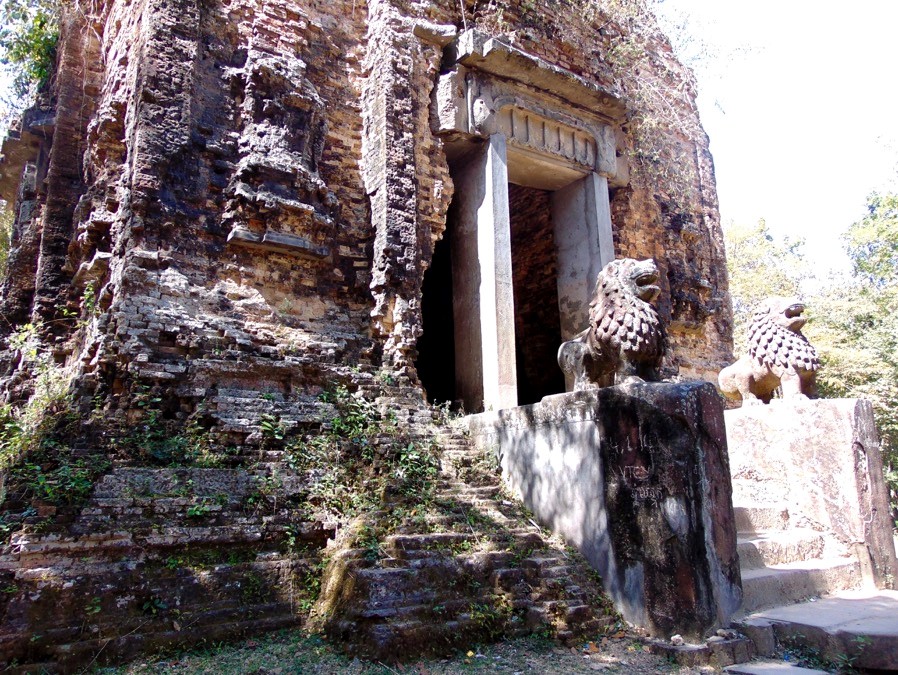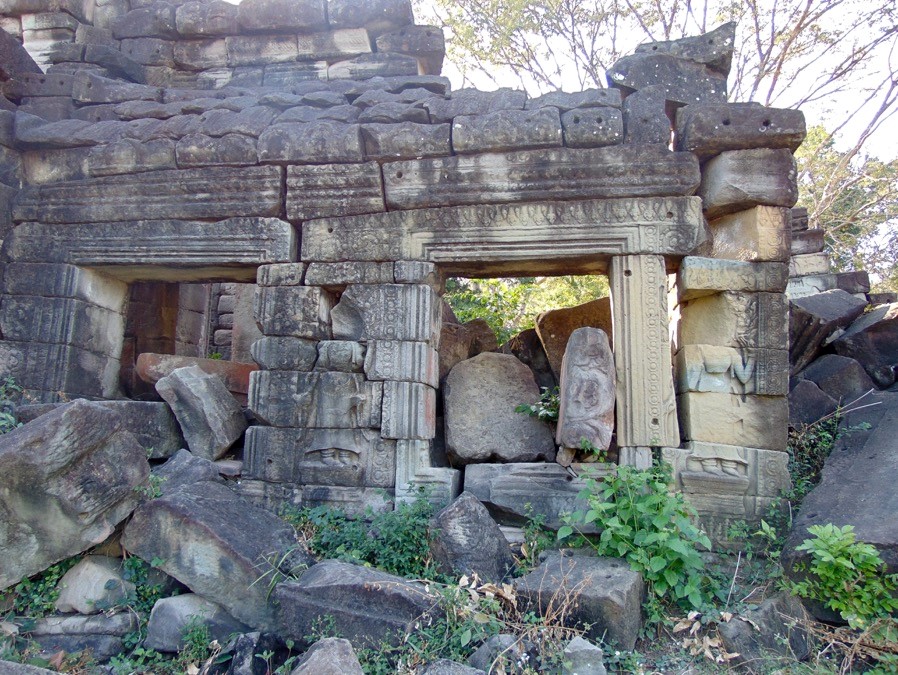Memo #398
By: Sarah K. Youngblutt – syoungblutt [at] gmail.com

Of the 193 States Parties to the UNESCO World Heritage Convention (1972), Italy (with 47), Spain (45), France (42), and Germany (41) had traditionally held the most World Heritage Sites (WHS), with half of all WHS located in Europe and North America. In recent years, China has emerged as a global and regional leader, now holding 50 WHS. Over the past 5 years of WHS inscription in the Asia-Pacific, China received 11 of the 38 approved applications. During the same time, the World Heritage Fund has enjoyed generous contributions from China, which has made the highest amount of compulsory and voluntary contributions just after Japan.
In light of China’s increasing global and regional influence in heritage designations and preservations, Cambodia, one of the other 45 States Parties in the Asia Pacific, is left to wonder if the 9 sites on the UNESCO World Heritage Centre Tentative List will ever meet the criteria of having “Outstanding Universal Value”.
Cambodia does have two WHS: Angkor Wat and Temple of Preah Vihear. Shortly after the inscription of Angkor Wat (1992), the ICC-Angkor, co-chaired by France and Japan, began to co-ordinate the work of foreign countries and intergovernmental groups. They have continuously worked with the Government of Cambodia, namely the Authority for the Protection of the Site and Management of the Region of Angkor (APSARA Authority) that was established in 1995.
China held a lesser role in Angkorean conservation, working on the Chau Say Tevoda, a small Angkorean site on the fringe of the complex. But this is due to change. In 2012, Chinese President Hu Jintao visited China’s second major site, Ta Keo, spotlighting China’s increasing role in Cambodia’s heritage preservation. In March 2017, Chinese media reported that Yunnan Cultural Industry Investment Holdings, a Chinese firm, committed to building a $21.8 million cultural tourism park near the Angkor Wat WHS, but the APSARA Authority has responded that it has not received any approaches or applications for such a project.
As China’s influence in WHS increases, stakeholders will need to keep monitoring how Chinese developers work with local authorities in areas of protection, conservation and presentation of sites outside of China, and consider how such implications affect Cambodian sites currently waiting on UNESCO’s Tentative List.
About the Author:
Sarah Youngblutt is a UBC MAPPS Alumni and PhD Candidate at the University of Leiden doing research on Angkorean temples (Cambodia) and UNESCO World Heritage.

The temple complex of Sambor Prei Kuk, one of Cambodia’s nine sites waiting on UNESCO’s Tentative List. (Source: Sarah Youngblutt)

The temple complex of Banteay Chhmar, another one of Cambodia’s nine sites waiting on UNESCO’s Tentative List. (Source: Sarah Youngblutt)
Links
- Brigitta Hauser-Schaublin, “World Heritage Angkor and Beyond: Circumstances and Implications of UNESCO Listings in Cambodia,” Göttingen Studies in Cultural Property, vol. 2 (2011).
- Huot Sokunthea and Nuch Ramo, “Roles of China’s Aid to Cambodia’s Socio-Economic Development,” Cambodian Institute for Cooperation and Peace, (2016): 53-63.
- Caroline Hughes and Kheang Un, “Cambodia’s Economic Transformation,” NIAS Studies in Asian Topics, no. 49 (2011).
- James Kygne, Leila Haddou and Michael Peel. “FT Investigation: How China bought its way into Cambodia,” Financial Times, September 8th, 2016.
- Lynn Meskell, “World Heritage and WikiLeaks: Territory, Trade, and Temples on the Thai-Cambodian Border,” Current Anthropology 57, no.1 (2016): 72-95.